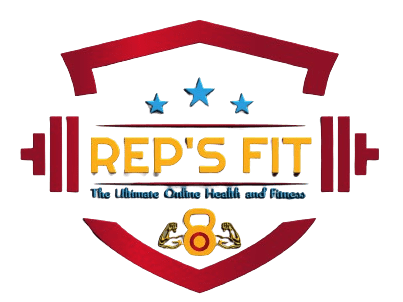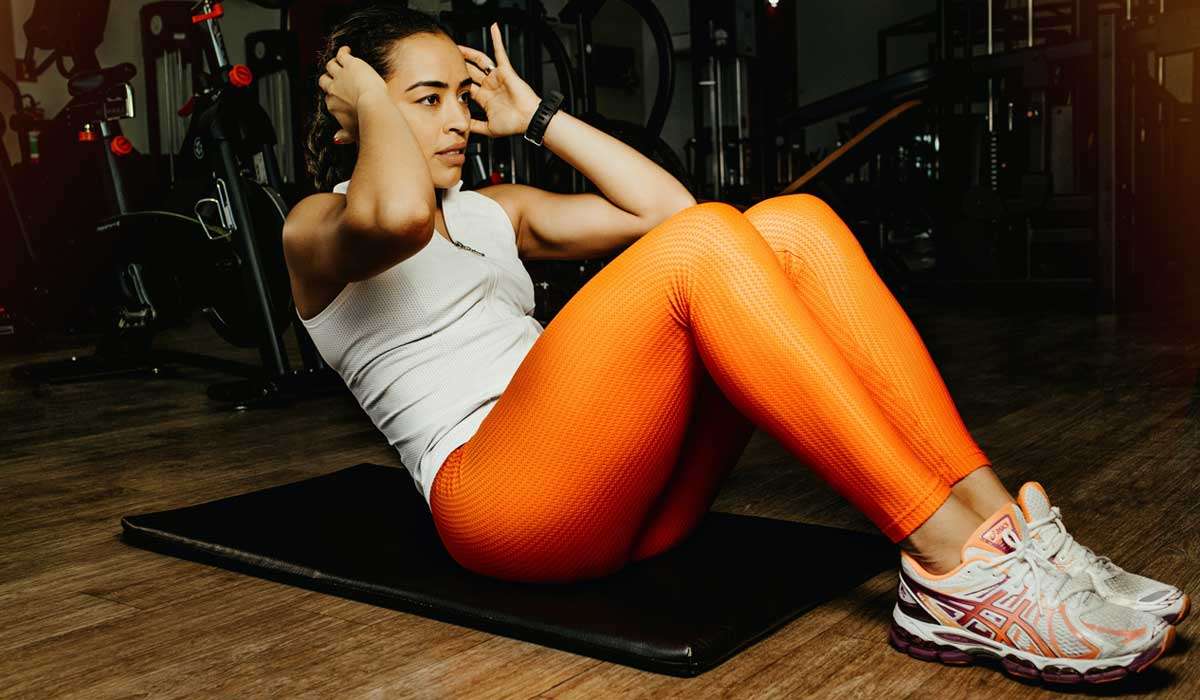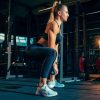How to modify any program to improve your body fitness.

Why Fitness Is Important ?
Fitness is essential for overall well-being, as it provides both physical and mental health benefits. Here’s why fitness is important:
- Improves Physical Health: Regular exercise strengthens the heart, lungs, muscles, and bones. It helps reduce the risk of chronic diseases like heart disease, diabetes, hypertension, and obesity.
- Boosts Mental Health: Physical activity releases endorphins, which improve mood and reduce stress, anxiety, and depression. It promotes better sleep and increases self-confidence.
- Enhances Quality of Life: Staying fit improves energy levels, stamina, and flexibility, making daily tasks easier. It also helps maintain a healthy weight and enhances longevity.
- Increases Productivity: Physical activity sharpens cognitive function, improving focus, memory, and decision-making, which leads to greater productivity in both personal and professional life.
- Prevents Lifestyle Disorders: Inactive lifestyles and poor diets contribute to conditions like obesity and PCOD, which can be managed through fitness, leading to a healthier, more balanced life.
- Builds Strength and Resilience: Regular training improves endurance, muscular strength, and overall body functionality, helping the body recover faster from injuries or illnesses.
Maintaining fitness is a proactive way to ensure long-term health and happiness.
Siba Prasad Lenka
Few trends that will define the future of your body fitness.
The future of body fitness is being shaped by various trends that focus on innovation, personalization, and holistic health. Here are a few trends that will define the future of fitness:
Wearable Technology & Fitness Tracking
Devices like smartwatches, fitness trackers, and apps are becoming more sophisticated, allowing users to monitor metrics like heart rate, calories, sleep patterns, and even stress levels. The future will see advanced biometrics, AI, and predictive analytics guiding personal fitness plans.
Virtual & Augmented Reality Workouts
Virtual fitness classes and augmented reality (AR) training will become more immersive, offering people the ability to engage in personalized workouts from home or anywhere, with virtual coaches guiding form and intensity in real-time.
AI-Powered Personalization
Artificial intelligence (AI) will take personalization to new levels, using data to create customized workout programs, nutrition plans, and recovery strategies based on individual goals, body types, and health conditions.
Hybrid Fitness Models
The blending of online and in-person fitness experiences will continue to grow. Hybrid models will allow people to take advantage of both on-demand virtual classes and in-gym experiences, giving flexibility and access to professional trainers anywhere.
Holistic Wellness Approach
The integration of mental, emotional, and physical health is becoming central. Fitness routines will incorporate mindfulness practices like meditation, yoga, and stress management techniques as part of a well-rounded approach to well-being.
Micro-Workouts & Efficient Training
Short, intense workout sessions such as High-Intensity Interval Training (HIIT) and micro workouts will remain popular due to their efficiency. People will focus on making the most of limited time with quick, effective exercise routines.
Functional Training & Mobility
Future fitness trends will emphasize functional training, which focuses on movements that mimic everyday tasks. Mobility training, aimed at improving flexibility and joint health, will also become more mainstream to prevent injuries and improve quality of life.
Recovery & Regeneration
Post-workout recovery will become a key component of fitness routines. Techniques like cryotherapy, compression therapy, and the use of devices for muscle stimulation will grow in popularity, allowing people to recover faster and avoid injuries.
Sustainability in Fitness
As sustainability becomes more important, eco-friendly fitness practices will rise. This includes using biodegradable workout gear, sustainable fitness equipment, and green energy gyms, promoting an environmentally conscious lifestyle.
Inclusive Fitness for All Ages
Fitness will no longer be just for the young and athletic. Programs will evolve to be more inclusive, addressing the needs of all age groups, from children to the elderly, focusing on longevity, mobility, and mental health alongside physical fitness.
These trends signal a future where fitness is more integrated into daily life, supported by technology and personalized to suit individual needs.
Few Things To Know:
1. Consistency Is Key
-
Fitness is not about short-term efforts; it’s a long-term commitment. Consistent physical activity, even in small doses, is far more effective than intense, sporadic efforts.
2. Balance Between Exercise & Recovery
-
Pushing your body too hard without enough recovery can lead to injury and burnout. It’s important to balance workouts with proper rest, sleep, and recovery techniques like stretching or foam rolling.
3. Nutrition Plays a Vital Role
-
Exercise alone isn’t enough for optimal fitness. A balanced diet rich in proteins, healthy fats, carbohydrates, vitamins, and minerals is crucial to fuel workouts, aid recovery, and maintain overall health.
4. Mindset Matters
-
Physical fitness starts with mental strength. Building a positive attitude, setting realistic goals, and focusing on long-term success rather than immediate results are critical to sustaining your fitness journey.
5. Tailor Workouts to Your Body
-
No two bodies are the same. Tailoring workouts to your specific fitness level, body type, goals, and any health conditions ensures you achieve maximum benefit while reducing the risk of injury.
6. Hydration Is Essential
-
Staying hydrated is crucial for muscle function, recovery, and overall performance. Aim to drink enough water throughout the day, especially during and after workouts to keep your body performing optimally.
7. Focus on Core Strength
-
A strong core is the foundation of all movements. It improves posture, reduces the risk of injury, and enhances performance in other exercises. Include core-strengthening exercises in your routine.
8. Strength Training Is for Everyone
-
Strength training isn’t just for bodybuilders. It’s essential for building lean muscle mass, boosting metabolism, and improving bone density. Incorporating resistance training in your fitness routine benefits people of all ages.
9. Form Over Weight
-
When lifting weights or doing bodyweight exercises, proper form is more important than how much weight you lift. Good form ensures you target the right muscles and prevents injury.
10. Rest is Productive
-
Taking days off from intense physical activity isn’t a setback. Rest days are when your muscles rebuild and grow stronger, making them essential for continued progress and injury prevention.
Understanding these principles can help you create a sustainable and balanced fitness routine.






0 Comments
The Common category includes then following block: Paragraph, image, heading, latest gallery, quote, audio, cover, video. The paragraphs block is the default block type. This is should not have any alignment of any kind. Category and then there are many things to following blocks and many more.
The Common category includes then following block: Paragraph, image, heading, latest gallery, quote, audio, cover, video. The paragraphs block is the default block type. This is should not have any alignment of any kind.
The Common category includes then following block: Paragraph, image, heading, latest gallery, quote, audio, cover, video. The paragraphs block is the default block type. This is should not have any alignment of any kind. Category and then there are many things too following blocks and many more.